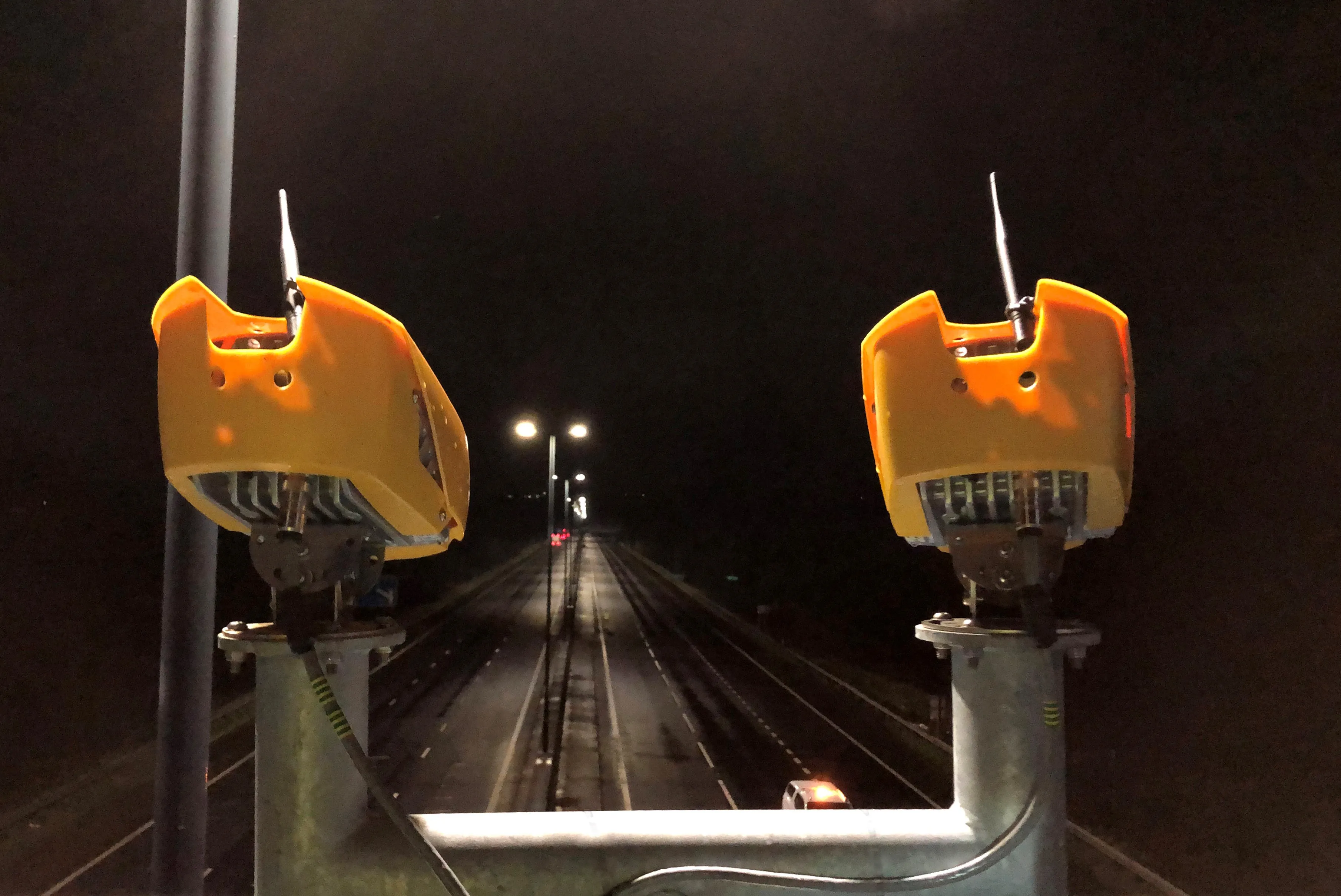An unlit stretch of the M42 motorway in the UK, identified as an accident black spot area due to the lack of street lighting linked to increased accident rates, has seen the installation of 780 Astucia SolarLite road studs. The studs, along the carriageway of the M42 from junctions 1 to 3a, give drivers up to 900 metres visibility of the road layout ahead, which is up to ten times greater than would be possible from traditional retro-reflective ‘cats eye’ road studs. In addition, the existing two metre whi
July 11, 2012
Read time: 2 mins
RSSAn unlit stretch of the M42 motorway in the UK, identified as an accident black spot area due to the lack of street lighting linked to increased accident rates, has seen the installation of 780 1875 Astucia SolarLite road studs. The studs, along the carriageway of the M42 from junctions 1 to 3a, give drivers up to 900 metres visibility of the road layout ahead, which is up to ten times greater than would be possible from traditional retro-reflective ‘cats eye’ road studs. In addition, the existing two metre white line gaps were upgraded into six metre lines with three metre gaps to provide clearer and more defined guidance for road users whilst navigating through the motorway.
6110 Amey, the managing agent contractor for the M42 Contract Area 9 Scheme, opted for Astucia’s SolarLite road studs as offering the ideal solution, providing superior delineation of the lanes through their use of light emitting diodes (LED), which automatically illuminate during the hours of darkness.
Astucia SolarLite road studs, from the Clearview Traffic Group, work intuitively by charging and activating from natural sunlight, offering a totally sustainable and cost-effective road safety solution.
Astucia SolarLite road studs, from the Clearview Traffic Group, work intuitively by charging and activating from natural sunlight, offering a totally sustainable and cost-effective road safety solution.








